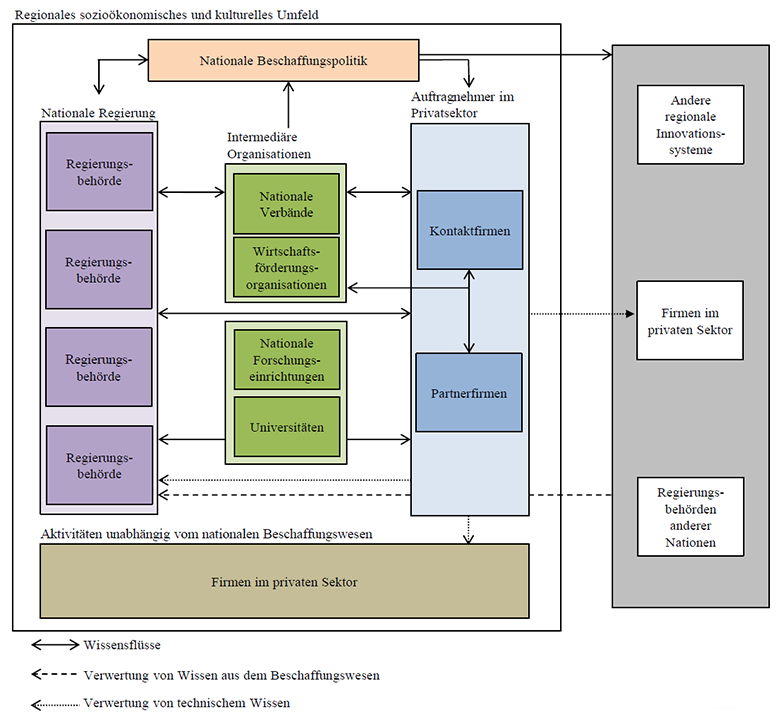Sample project
How does the capital city economy function, and which location policy makes sense?
Secondary capital cities are the political but not the economic centers of a country. Recent developments in the global world economy, such as the increasing importance of global cities, transnational institutions, and the formation of metropolitan regions, challenge the traditionally central role of capitals.
This research project is designed as a comparative study of four secondary capital cities: Bern, The Hague, Ottawa, Washington. Supported by the Swiss National Science Foundation, we conducted field research in all four capital regions, for which a total of 179 expert interviews were conducted. In addition, data on economic structure and dynamics, public procurement, and innovation were analyzed from an economic geography and a political science perspective. In doing so, we answered the following research questions:
- How can public procurement stimulate innovation activities in capital regions? How does the capital city Regional Innovation System work?
- How do capital city regions act in the knowledge-intensive and globalized competition between cities?
- Which location promotion measures are formulated by capital cities, and why are they formulated?
 Figure 1: Regional Innovation System of a capital region.
Figure 1: Regional Innovation System of a capital region.
Our results, which have been published in a book by Routledge, show that the increasingly internationalized competitive pressure is a particular challenge for secondary capital cities such as Bern, The Hague, Ottawa and Washington D.C. because they have an economic power that is not very competitive compared with the dominant economic centers in their country. In addition, public procurement plays an important role for their economic development. Companies, institutions, and universities, as well as intermediary organizations, play an important role in networking. Start-up dynamics in the context of a capital city region will become more important in the future as they contribute to the diversification of the economy.